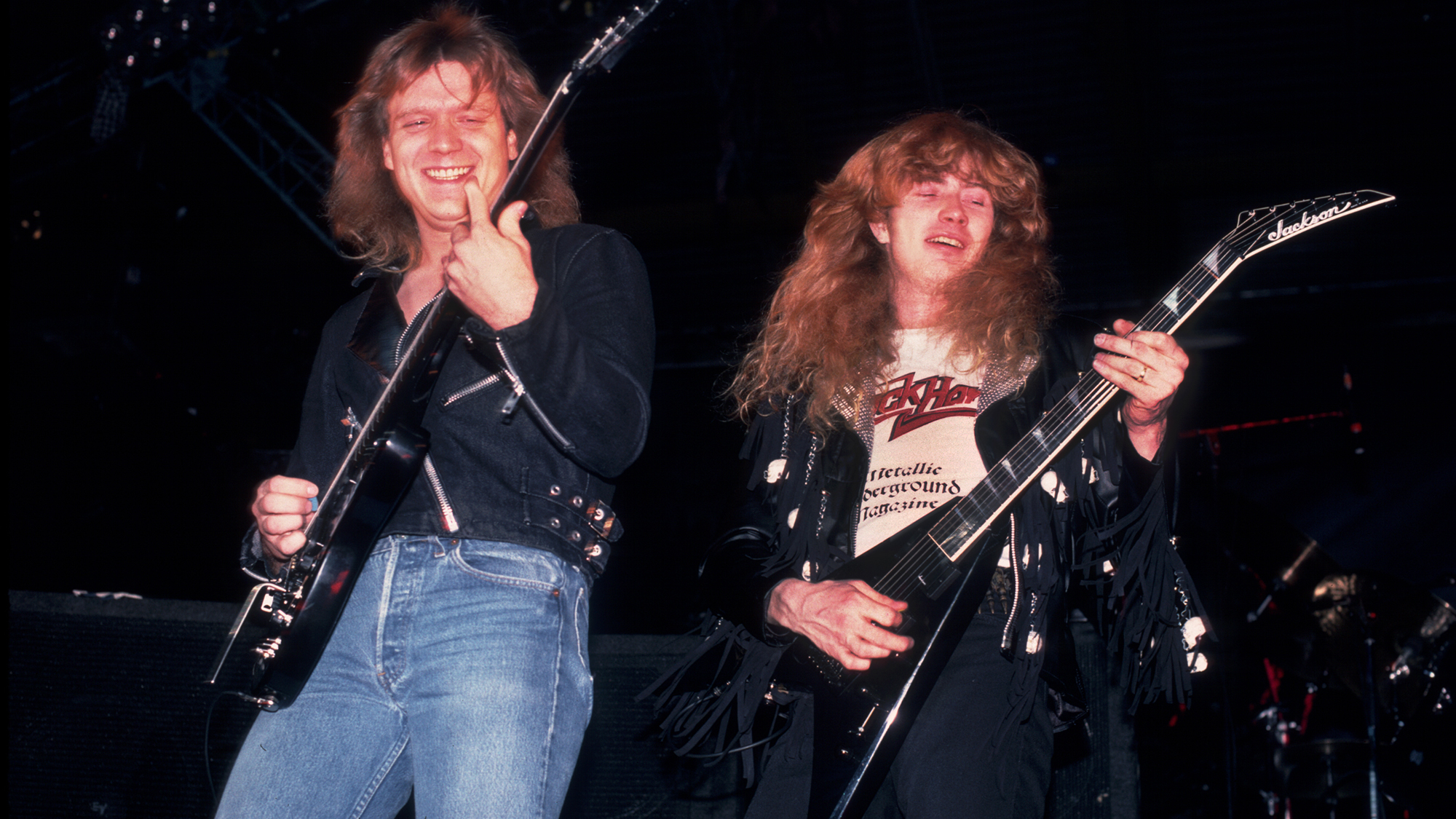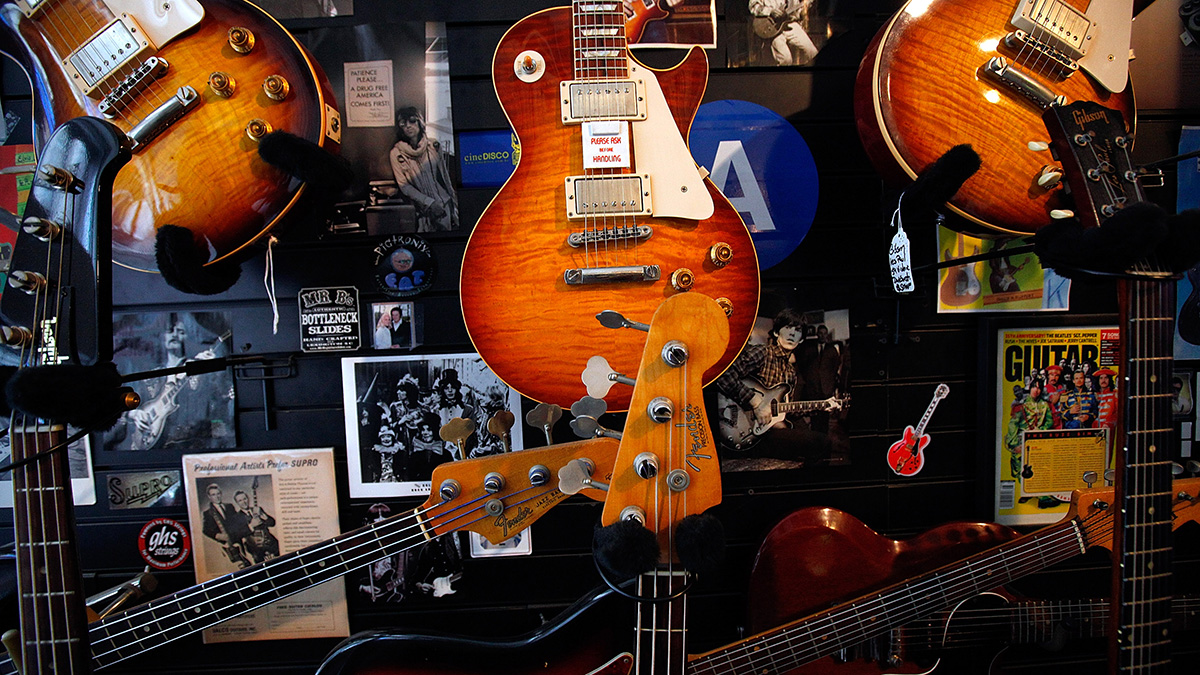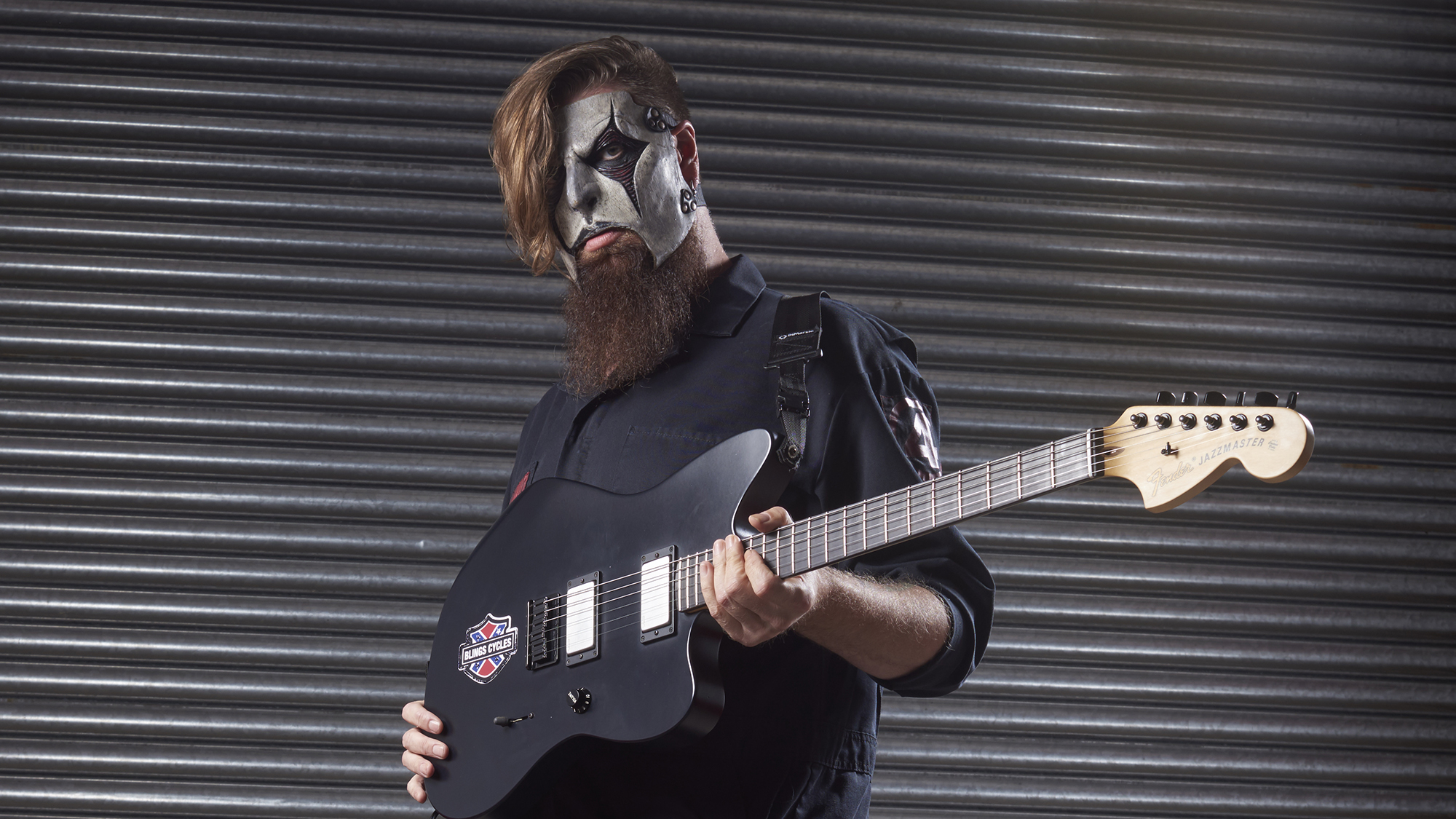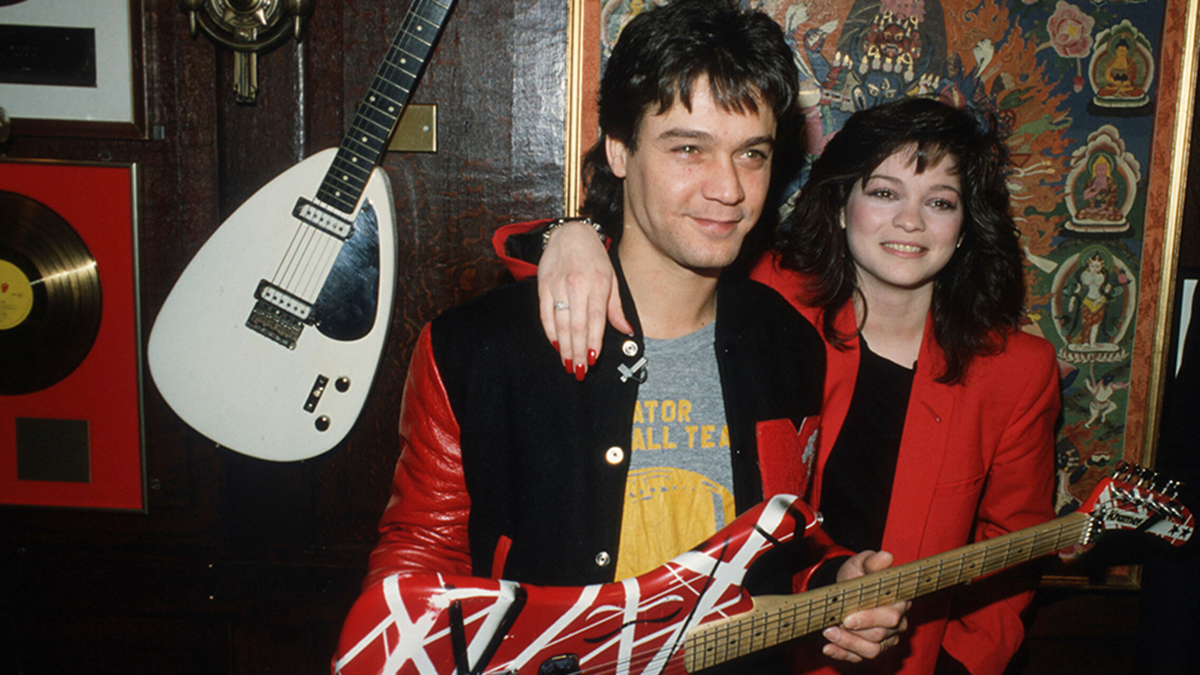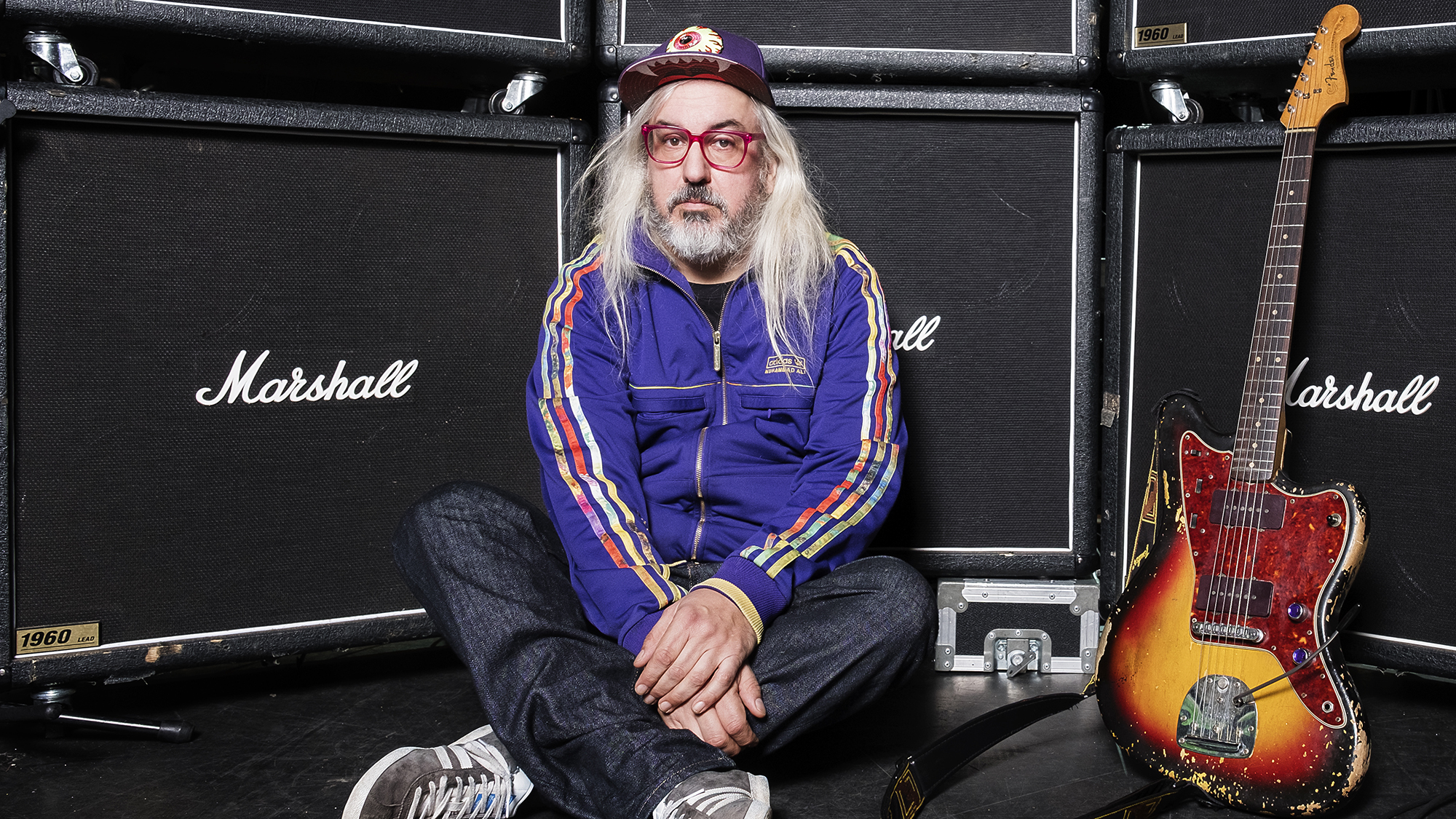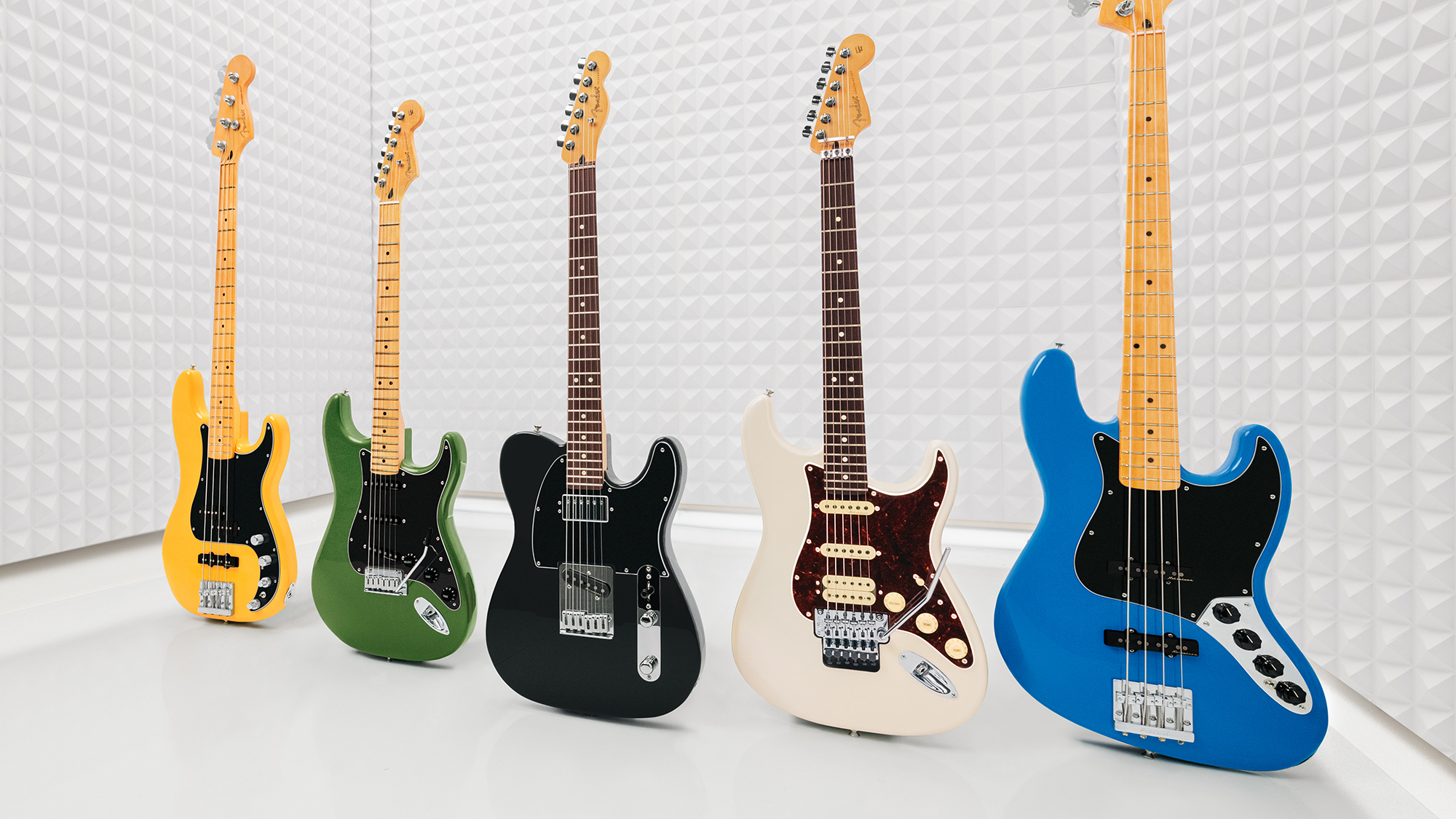“We kind of dug it, but a lot of places didn’t like Metallica. They were like, ‘What the hell is this?’” When Metallica hit the road for their first national tour, crowds weren’t convinced by their music
James Hetfield and co went on tour with British heavy metal band Raven when they came over to the States in the early 1980s – but they didn’t always win over the audience
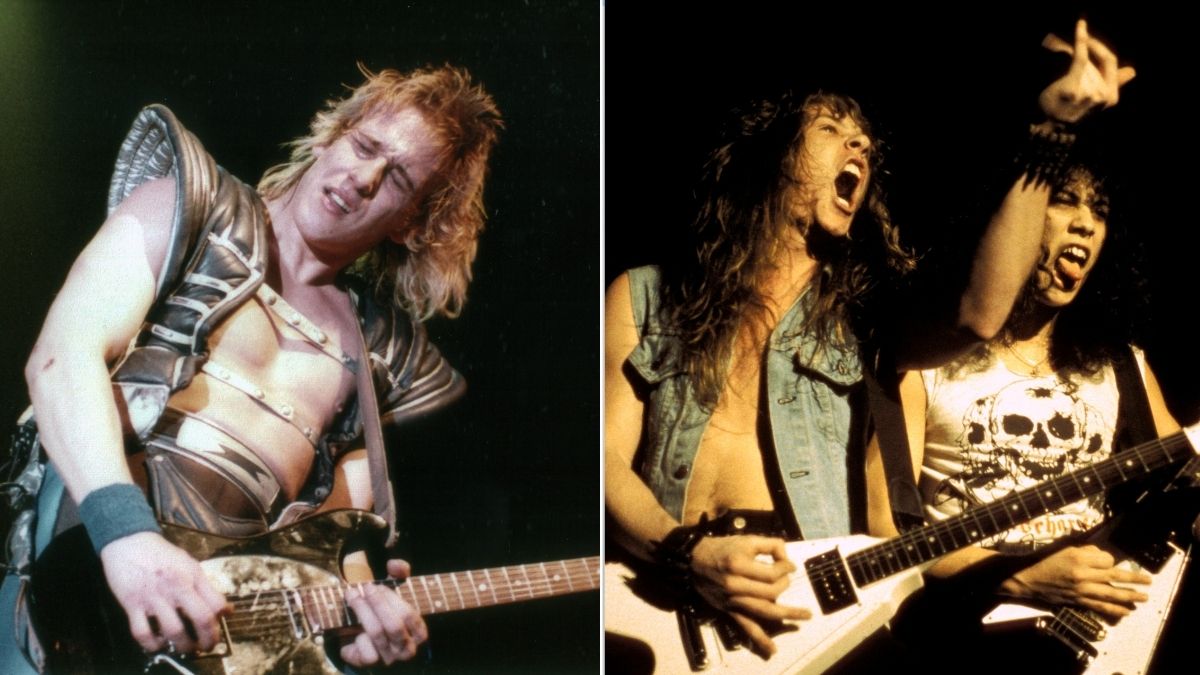
Every aspiring band needs their big break, and for Metallica, one of their most important early milestones occurred in the early 1980s when they were invited to go on their first national tour supporting British heavy metal band, Raven.
In a new interview with Guitar World, Raven recalls how Metallica went down while on the road – and it turns out the reception they received from some of the crowds was less than ideal.
Founded in 1974 in Newcastle, England, by brothers Mark and John Gallagher, the ‘new wave of British heavy metal’ group were promoting their third album, All For One, in 1983.
For the supporting tour, they brought along Metallica – a band they perceived to be “a more refined Motörhead”. But not everyone was as enthusiastic about their music as they were.
“We came out to do our first tour of the States, and our management was the same as Metallica’s,” guitarist Mark Gallagher explains. “They were just starting out, and [Megaforce Records founder] Jonny Z [Jon Zazula], who was our manager at the time, said, ‘I’ve got the biggest band on the West Coast from San Francisco. They’re gonna open for you.’ We were like, ‘Really? Who’s that?’”
For bass player John Gallagher, the weight of Zazula’s statement wasn’t lost on him.
“When you thought of the big bands in San Francisco, it’s a long list,” he says. “I mean… there was Y&T and even Journey, but no, it was Metallica. We were like, ‘Who?’ So, they said, ‘We’ll send you a cassette.’”
Get The Pick Newsletter
All the latest guitar news, interviews, lessons, reviews, deals and more, direct to your inbox!
When the cassette arrived, the band’s warp-speed playing left them scratching their heads.
“I put it in, played it, and I’m going, ‘Does this sound like it’s at the right speed?’” John goes on. “It kind of sounded like if you put a Motörhead album on at 78 RPM, you know?”
“We kind of dug it,” his brother takes over. “We thought it was like a more refined Motörhead, like, real kickass. But when we went out and played the shows, a lot of places didn’t like Metallica. They were like, ‘What the hell is this?’
“Other than the major markets, we played some nutty places on that tour, like Bald Knob, Arkansas, and some really weird gigs,” he concludes. “The whole thing was quite an experience.”
Even though Motörhead were already well established by the early ’80s, the velocity of Metallica’s riffs caught many by surprise. History dictates, however, that the music world would quickly grow accustomed to their sound, and following the release of 1986’s Master of Puppets, they soon became one of the biggest metal bands in the world.
The full interview with Raven will be published on the Guitar World website in the near future.
In related news, James Hetfield’s luthier has detailed his journey from crafting basses to becoming the Metallica guitarist's go-to axe maker.
A freelance writer with a penchant for music that gets weird, Phil is a regular contributor to Prog, Guitar World, and Total Guitar magazines and is especially keen on shining a light on unknown artists. Outside of the journalism realm, you can find him writing angular riffs in progressive metal band, Prognosis, in which he slings an 8-string Strandberg Boden Original, churning that low string through a variety of tunings. He's also a published author and is currently penning his debut novel which chucks fantasy, mythology and humanity into a great big melting pot.
You must confirm your public display name before commenting
Please logout and then login again, you will then be prompted to enter your display name.
“I don’t want a guitar that, the moment I play it, sounds like the blues. Sometimes I want a guitar to sound truly horrendous!” For IDLES’ Lee Kiernan, modding guitars is a gateway to sonic chaos – and Fenders make the perfect platforms
“My hand hit the glass and it broke. It got totally trashed. I can’t feel my pinky from nerve damage”: The freak injury that changed the way Chris Poland played guitar – and ended up informing the sound of Megadeth’s Rattlehead




